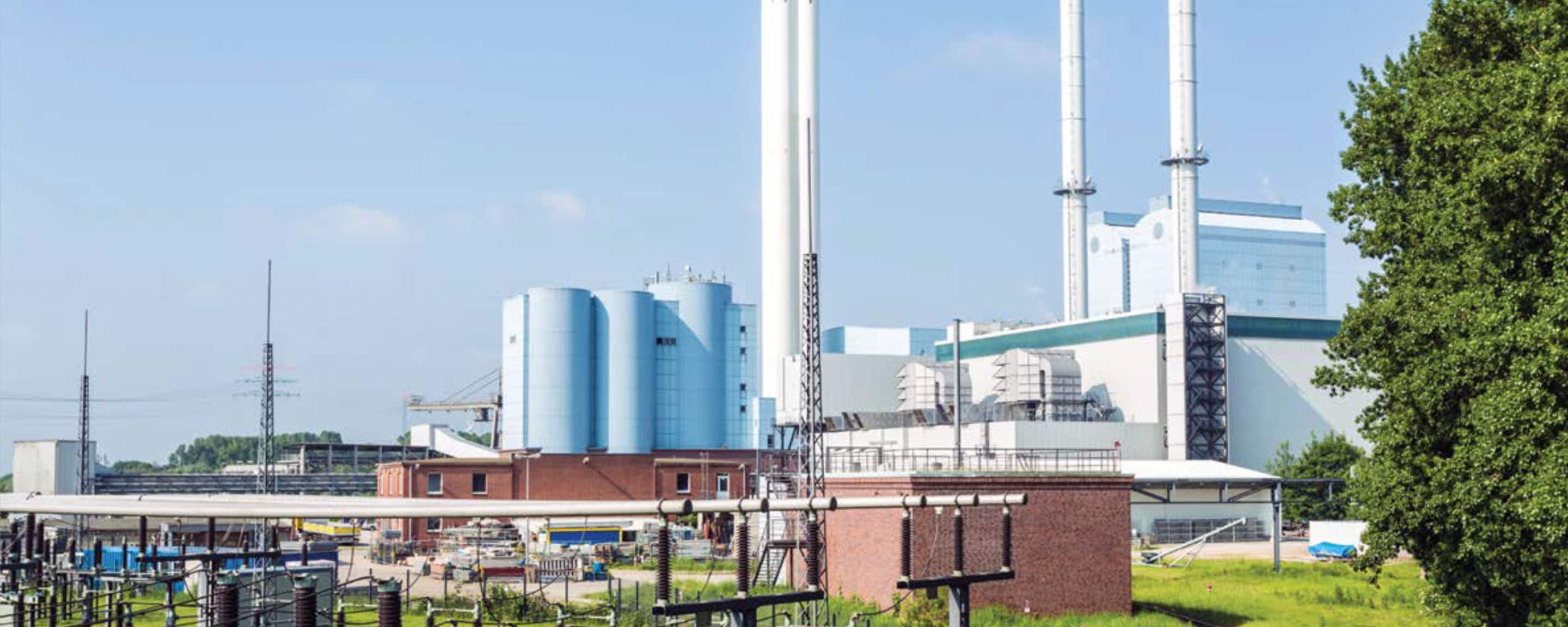Let's Connect!
Sign up to receive exclusive communications about offerings, events, news, surveys, special offers, and related topics via telephone, email and other forms of electronic communications.
We use the location you select to personalize the content on our website and provide you with relevant product pricing and availability information.


ESSO UNIVOLT 50 and 56, paraffinic uninhibited transformer oils
HYDRANAL™ Laboratory Report L 462
A coulometric determination was conducted because of the low water content. Since purely alcoholic reagents are not suitable for extracting water with multiple injections, we used reagents that contain solubilizers. While very few oil samples clearly dissolved, they did disperse. Using reagents that contain chloroform and/or xylene requires the use of a coulometry cell with diaphragm.
We found 35 ppm of water with direct injection.
We also followed the indirect method with a KF oven for vials. The analyses showed that 80°C was enough to release the water. We chose to precisely weigh in 4 mL oil sample and we found 26 ppm of water.
In this procedure, the carrier gas is fed directly into the sample. We noted that some 25% of the sample had transferred to the coulometry cell by the end of the determination because the sample was frothing.
The sample was reduced to around 2 mL so that the carrier gas no longer passed through the sample. This suppressed the frothing. As compensation, we set the minimum determination time to 900 seconds. We found 24 ppm of water.
Procedure for direct coulometric titration in cell with diaphragm:
Add approx. 100 mL of Hydranal-Coulomat Oil or Hydranal-Coulomat A to the anodic compartment of a coulometric cell with a diaphragm and then add Hydranal-Coulomat CG to the cathodic compartment to the same level (usually 5 mL).
The machine is switched on and it titrates automatically to dryness. When the instrument is showing a low, stable drift, samples can be weighed in by difference using a syringe.
Hydranal-Water Standard 1.0 and Hydranal-Water Standard 0.1 PC are suitable for controlling the coulometric cell.
Procedure for indirect coulometric titration with KF oven:
Place 150 mL of Hydranal-Coulomat AG-Oven in the anode compartment of a coulometric cell with diaphragm. Fill the cathode compartment to the same level with Hydranal-Coulomat CG. The cell without diaphragm only requires 150 mL of Hydranal-Coulomat AG-Oven.
The machine is switched on and automatically titrates to dryness. When the drift is low and stable, the carrier gas is connected. When the original stable drift value is approximately reached with the carrier gas, the sample can be weighed in precisely by means of differential weighing and heated to 80°C.
The blank value of the method must be determined and be included in the calculations.
Hydranal-Molecular Sieve 0.3 nm or Hydranal-Humidity Absorber are very well suited as a drying agent for the carrier gas.
Hydranal-Water Standard 1.0 and Hydranal-Water Standard 0.1 PC are suitable for controlling the coulometric cell. Hydranal-Water Standard KF Oven 140-160°C is suitable for controlling the KF oven.
Sign up to receive exclusive communications about offerings, events, news, surveys, special offers, and related topics via telephone, email and other forms of electronic communications.

We are having trouble login you to the bot, Please logout and login again using following link. Logout